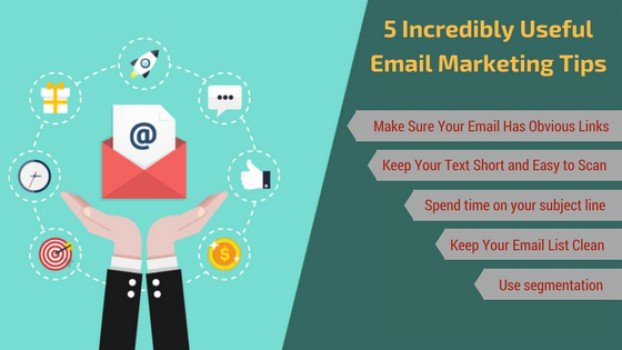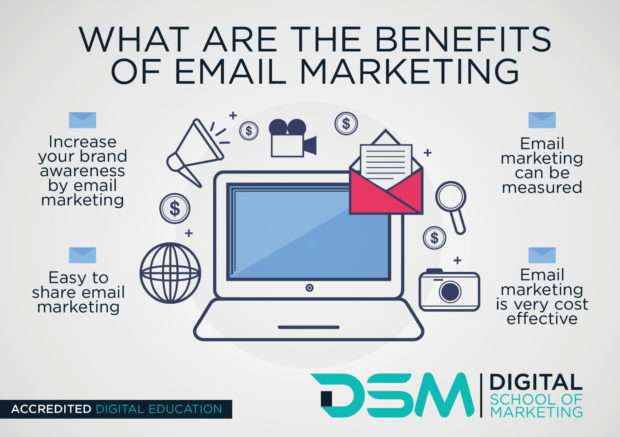Marketing Email Best Practices: The Ultimate 13-Part Cheat Sheet

Table of Contents
- The Ultimate 13-Part Cheat Sheet Marketing Email Best Practices
- Key Takeaways
- Conclusion
- FAQs
There are 4.3 billion—yes, billion—email users on earth. These numbers reveal that more than half of the planet uses email. According to a Forbes article, while email marketing boasts a high return on investment, not all companies use it. According to the study, 66 percent of companies use email marketing to “promote their enterprises or engage with prospects and customers.”
If you’re not in that group, now is the time (really, it’s past time) to include email into your marketing approach. If the ROI isn’t enough to persuade you, keep in mind that most customers indicate they prefer businesses to contact them via email.
So, how does one create an email marketing campaign that does not end up in the spam folder? Here are the marketing email best practices that we have collated for you.

The Ultimate 13-Part Cheat Sheet Marketing Email Best Practices
1. Update and refine your email list
The audience you’re sending your emails to is dynamic, and the more subscribers you gain, the better your email is. Make sure your list is constantly growing by including a signup function on your website, for example.
2. Don’t be a stranger
Whenever possible, add a unique feature to your email! If your company deals with various sectors, consider sending out multiple types of emails, each with content suited to each market.
Pro tips:
- Keep customized subject lines
- Send birthday emails to subscribers

3. Encourage responses
Urge your subscribers to reply to your emails whenever feasible. That’s a guaranteed approach to demonstrate that you care about what your subscribers have to say.
4. Tell a story
Be it about a new product or a brief version of your success, get creative and tell a short story to your subscribers!
5. Make sure the layout is snappy!
In the few seconds of attention the email receives, if the reader sees an organized email, they have better chances to be engaged and read till the end. The most crucial information and a call to action that allows the reader to take action should be towards the top.
6. Consider emojis!
The purpose of emojis is to convey more by saying less. Spice up the subject line by using emojis to make the email feel lighthearted and fun!
7. Be relevant
Relevance is essential to hold the customer’s interest. Keep in mind the latest trends for your audience, as what worked a few years ago might not work today.
8. Keep the unsubscribe option easily accessible.
Give the subscribers on your email list a chance to opt out of your emails. If a person can’t simply remove their name from your mailing lists, they’ll mark emails as spam, causing you troubles in the future.
9. Have dynamic content
Keep the same template use different offers, images, and CTAs for different subscribers.
10. Test your mails
Ensure the links are working and that any personalization shortcuts aren’t malfunctioning. Sending bulk emails without double-checking the content is like going to a business meeting while being unaware of what to wear. If something goes wrong, you’ll come to be seen as unprofessional.
11. Get your timings right!
As with all social media, sending emails at the correct time is very important for maximum engagement. Pro tip: The best timings would be midweek or during the day!
12. Put your values on display.
Consumers want to contribute their money to organizations that they believe in, whose aims connect with their own, and who see them as more than simply a source of cash. They also want more openness and vulnerability.
13. Optimize for mobile use
Many professionals use their mobile devices to open their inboxes. Mobile optimization may assist in guaranteeing that your messages are seen and engaging across a variety of instruments.
Key Takeaways
- There are 4.3 billion email users on earth.
- The vast majority of people use emails, and unlike sites with confusing, ever-changing algorithms, emails are still relatively easier to use by marketers.
- To up one’s conversion rate, one must invest time and energy to create the perfect marketing strategy.
- 66 percent of companies use email marketing to “promote their enterprises or engage with prospects and customers.”
- Keep in mind the latest trends for your audience, as what worked a few years ago might not work today.
Conclusion
At least 30% of the total revenue generated comes from email marketing. If yours doesn’t, it is time to ask the essential questions and make that dormant 30% drive up sales. For every dollar spent on email marketing, the average return on investment is $36. In simple terms, you invest $1 and get 36 times your money back. Know that email marketing is a valuable strategy for launching and growing your business. It’s affordable, efficient, and effective. The above-mentioned email marketing tips and tricks will definitely help you reach your goal.

FAQs
1. Make it personal
2. Keep your subject lines to a minimum
3. Choose the best time to send emails
4. Distribute freebies
5. Send mobile-friendly email
1. Newsletters through email
2. Emails for recruiting
3. Emails of retention
4. Emails with promotional content
1. Select an email marketing service provider
2. Determine your objectives
3. Make a contact list
4. We refine our plans and execution
1. Provide facts to back up your claim that email marketing is effective.
2. Keep track of email marketing outcomes to link them to particular programs.
3. With simplicity, manage your email marketing.
1. Use a variety of signup forms.
2. Use a popup with an Exit-Intent
3. Upgrade your content
4. Make several lead magnet pages
5. Make use of coupons and special offers
Latest Blogs
Explore how Google’s 2025 AI search updates triggered ranking chaos. Learn actionable strategies to adapt your SEO for AI Overviews, zero-click searches, and SERP volatility. Stay ahead now.
Learn how to rank on AI search engines like ChatGPT, Perplexity, and Gemini by optimizing your content for authority, structure, and relevance. Stay ahead in AI-driven search with this strategic guide.
Explore the best healthcare SEO services for your medical practice. Improve online visibility and effectively reach more patients in need of your services.
Get your hands on the latest news!
Similar Posts

Email Marketing
6 mins read
11 Tips to Design Impactful Email Banners

Design
9 mins read
7 Benefits of a Simple Mailer Design

Email Marketing
7 mins read